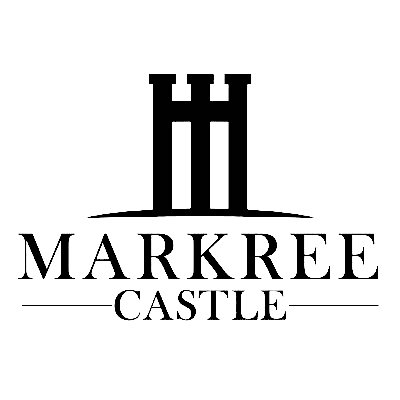
Close

Built: 1802
As a result of the 1662 Act of Settlement of King Charles II, the Cooper family acquired the Markree Castle estate during the 17th Century. It was originally a fort guarding a ford on the Unshin river, before officially becoming a manor house. By the end of the 17th century, the Cooper family had become one of the biggest landowners in Ireland. After purchasing Lord Collooney’s estate in 1727, the family ruled over 40,000 acres of land, of which Markree Castle was the peak. The Cooper’s land holdings went from 40,000 acres to 5,000 acres by the beginning of the 20th century. As a result of the Irish Civil War 1921-1922, Markree Castle suffered considerable damage and remained unused until 1947.

Edward Cornet Cooper – Born about 1616 and Died in 1680
Arthur Cooper – Born in 1667 in Ireland and Died in 1693 in Ireland
Joshua Cooper – Born about 1696 in Ireland, Married Mary Bingham in 1729, and Died in 1757 in Ireland
Mary Bingham – Born in 1710 in Newbrook House, Ireland, Married Joshua Cooper in 1729
Joshua Cooper – Born in 1732 in Ireland, Married Alicia Synge, and Died in 1800 in Ireland
Alicia Synge – Born in 1726, Married Joshua Cooper
Joshua Edward Cooper – Born in 1762 in Ireland and Died in 1837 in Ireland
Edward Joshua Cooper – Born in 1798 in Markree Castle, Ireland and Died in 1863 in Ireland
Edward Henry Cooper – Born in 1827 in Markree Castle, Ireland, Married Charlotte Maria Mills in 1858, and Died in 1902 in Ireland
When travelling along the breathtaking Wild Atlantic Way in the North West of Ireland, you will come across County Sligo, the home of Markree Castle. Nestled amongst a wildlife conservation area, the beauty of this historic Irish castle has inspired much creative output over the centuries, having welcomed distinguished visitors such as poet W.B Yeats and Mrs. Cecil Alexander, who wrote the hymn ‘All Things Bright and Beautiful’ in 1848 after being taken aback by the magnificent view from the terrace.
With origins dating back to the 17th Century, the Markree Castle estate was acquired by the Cooper family under Charles II’s Act of Settlement of 1662. At this point in time, Ireland was under the control of the British Crown and the majority of Irish land was owned by a small pool of powerful landowners, with one of the wealthiest being the Cooper family. By the start of the 18th century, following the development of Markree Castle into a spacious and refined manor house and the purchasing of a number of other estates, the Cooper family were presiding over an incredible 40,000 acres of land.
Historically, the Cooper family have always been politically engaged, with a number of members representing the county in Westminster. Occasionally, their political allegiances put the Cooper family in less than favourable situations; for example, during an attempt by James I to regain the throne, the family had to flee as Markree Castle was occupied by the Catholic army. This happened once more in the 1920s during the Irish Civil War when Markree was occupied again, this time by the Irish Free State army. Moreover, the Coopers’ vehement opposition to the Act of Union cost them the peerage they had been promised, which is why Markree is one of the few castles in Ireland not owned by a titled family.
Major architectural improvements of Markree Castle took place at the beginning of the 19th century, with eminent architect, Francis Johnson, being employed to enlarge and remodel the castle. Alongside a team of Italian craftsmen, Johnson transformed Markree into the castellated mansion it is today. His work truly transformed the entrance of the castle, which features a vaulted ceiling and a vast oak staircase lit by a magnificent stained-glass window illustrating the Cooper family tree. During this time of renovation, the mansion was inhabited by Edward Joshua Cooper, a widely-travelled gentleman with a keen interest in astronomy; as such, he set about building an observatory within castle grounds, which featured the world’s first cast-iron telescope. In 1848, the castle was home to great acclaim, as a minor planet called Metis was discovered in Cooper’s treasured observatory – the first and only asteroid discovered in Ireland up until 2008.
The fortunes of Markree Castle took a turn for the worse in the 20th century, as the Cooper family’s land was reduced from 40,000 to 5,000 acres and the castle was left derelict, damaged, and in decay. Luckily, their fortunes quickly changed in the 1980s, when Charles Cooper and his wife – the 10th generation of the family to live in the castle – decided to lovingly restore and renovate their home and transform it into a bright and welcoming hotel. Their careful and considered modernisation enabled the historic property to reclaim its position as one of the finest historic homes in Ireland, welcoming notable guests including legendary singer Johnny Cash and his wife, June Carter.